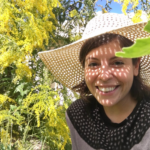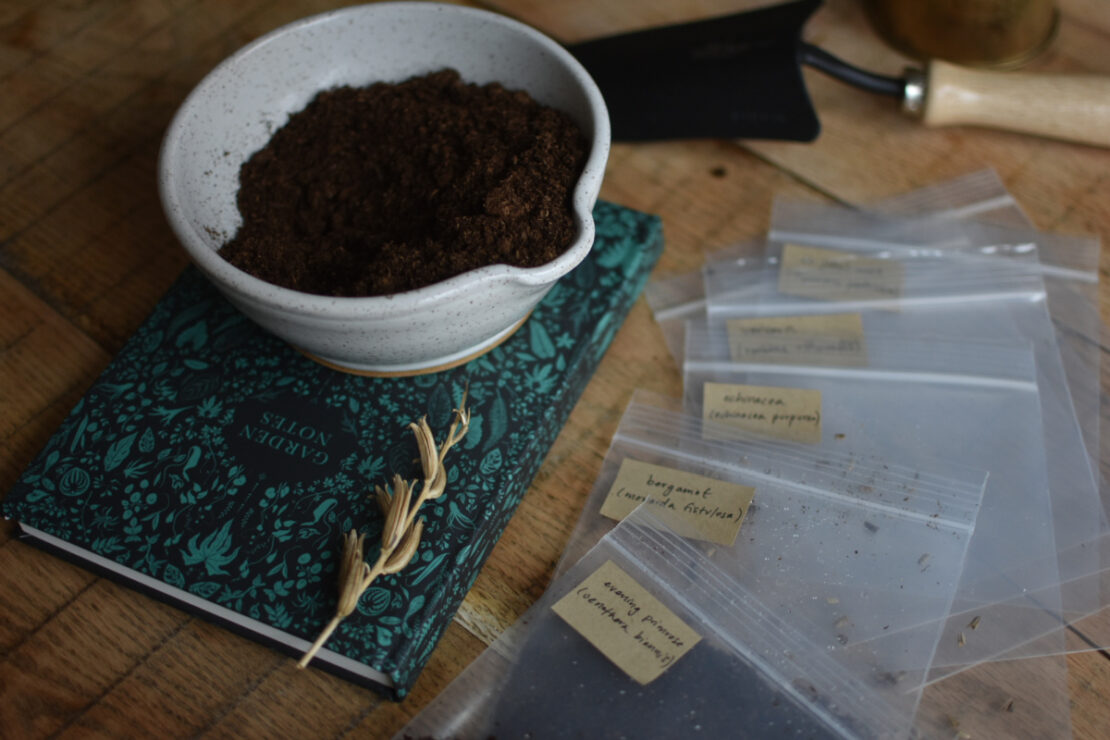
Starting Your Own Herb Seeds? Time for Cold Stratification!
January may not seem like an obvious time for garden work in the Northern Hemisphere, but this is actually a crucial time to prepare the seeds of certain plants for the spring thaw. Successful germination in a controlled environment, like a garden, requires that seeds go through conditions similar to what they would experience in nature. If a seed would endure a prolonged drop in temperature or freezing and thawing conditions in its natural environment, then that seed will benefit—or even require—a prolonged period of cold in order to successfully germinate (Hartung, 2011). This process is called “cold stratification.”
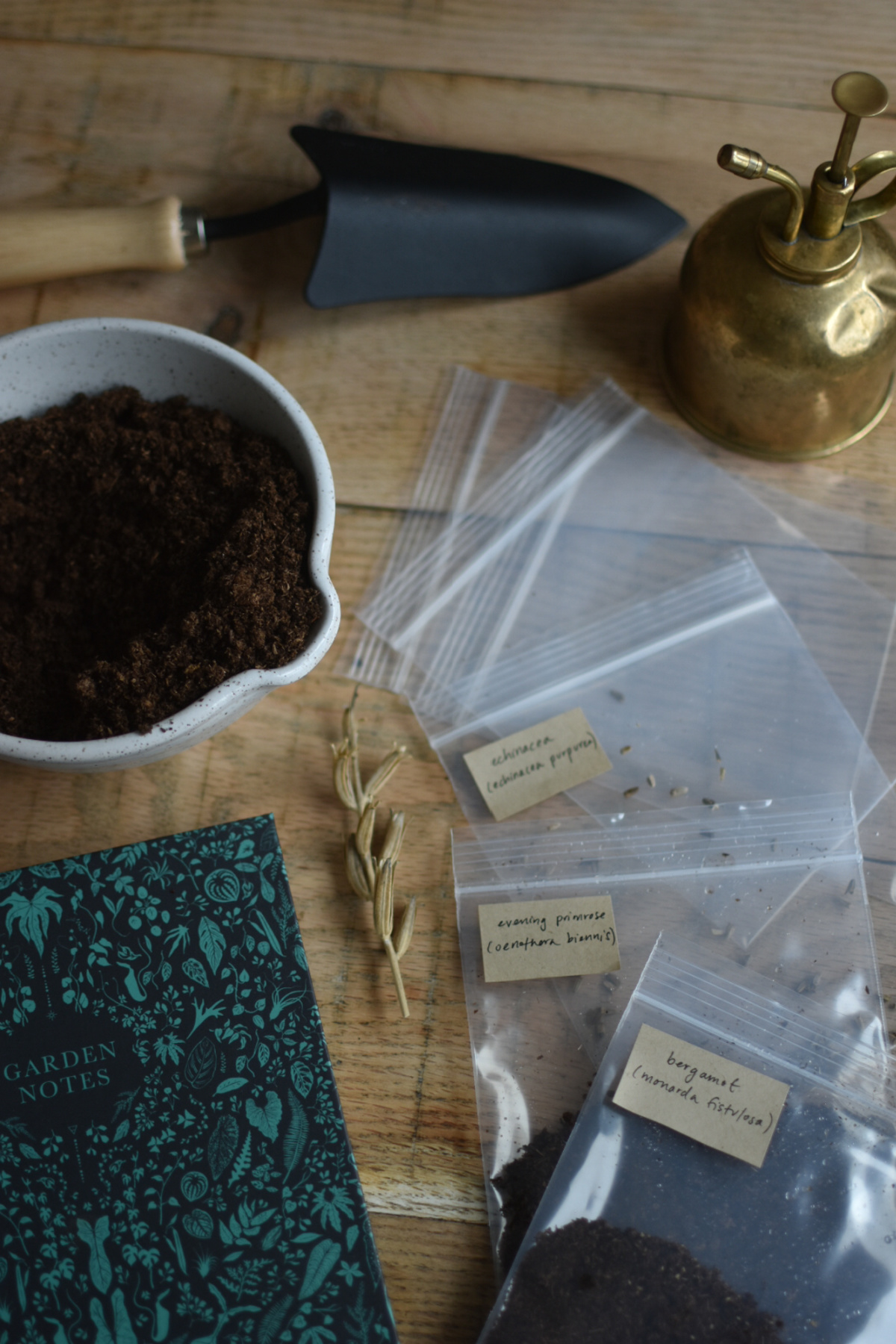
What is Cold Stratification?
Cold stratification is a process that seeds would endure in their natural habitat to weaken the seed casing and promote germination (Cech, 2009). Some seeds need to remain at cold temperatures for several months before they’ll germinate. Other seeds may need to go through several hard freezes with short periods of thaw-out in between. Luckily, you can mimic these cold weather conditions from the warmth of your cozy kitchen by using your fridge or freezer.
Cold dry stratification is for seeds that endure a prolonged drop in temperatures, but not necessarily a wet and snowy winter in their natural habitat. You can imitate this cooler weather by placing seeds along with slightly moistened (not soggy) sand, peat moss, or potting soil into plastic baggies (Hartung, 2011). Label and store in the refrigerator for several months. The cold and humid environment mimics the cold damp earth. Once the seeds begin to sprout, or the designated amount of time has passed, you can plant them in trays indoors or directly in the ground. (If planting outdoors, check your average last frost date to make sure the threat of frost has passed.)
Cold moist stratification is the technique to use with seeds that go through alternating periods of freeze and thaw. Recreate these winter conditions by placing seeds in a plastic zipper bag with a few drops of water (no sand, soil, or peat moss). Then, place the baggie in the freezer. Once a month, take the baggie with the seeds out, place it on your counter overnight to thaw, and then put it back in the freezer in the morning (Hartung, 2011). Make sure you label the baggie with which seeds are in it so that you don’t mix them up if you are using this method on several kinds of seeds.
In either moist or dry stratification, the goal is to have a consistently damp, but never soggy, environment for the seeds. Too much water and the seeds could mold. Not enough water and the seeds may halt their germination process. There may be times when you need to add more water or potting soil to the baggies in order to maintain the right conditions throughout the process. Regularly check the conditions of the mini-ecosystems inside the baggies to ensure greater success with these seed treatments.
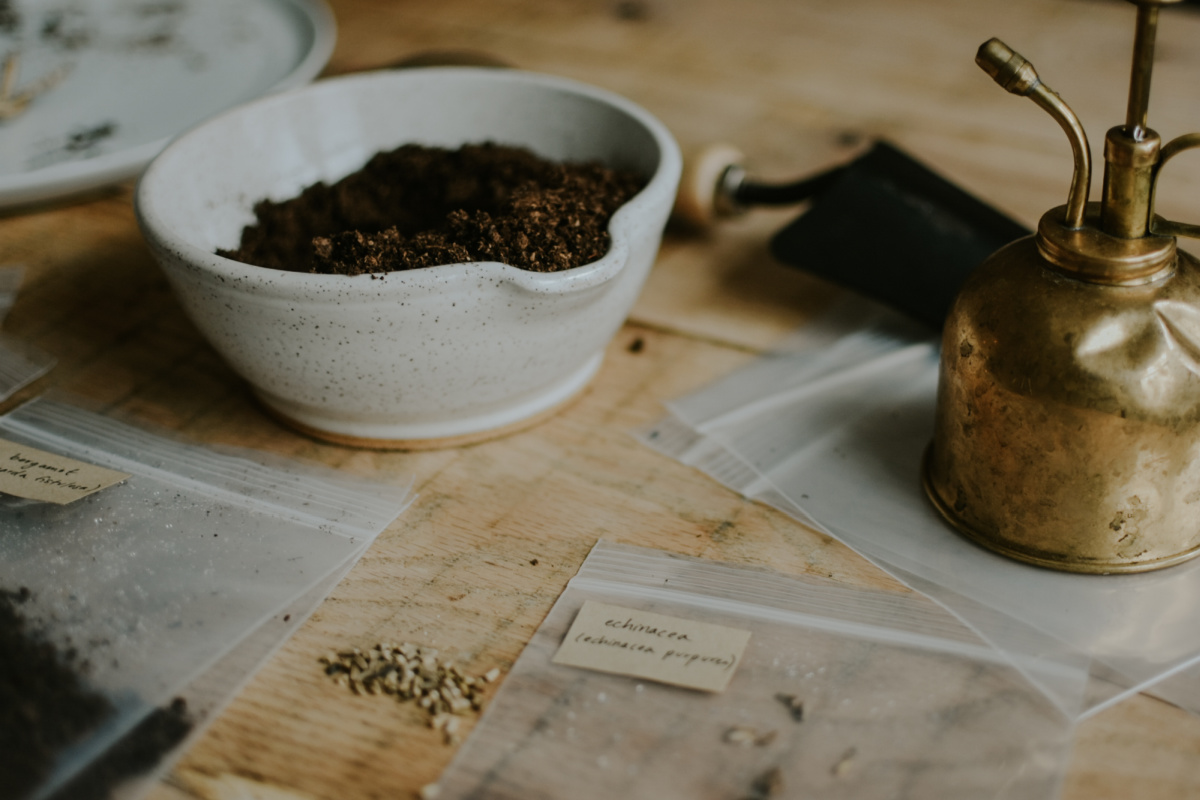
Let’s Talk Options,
Depending on where you live and what you’re planting, you may be able to sow your seeds in the fall and allow nature to do all of this work for you. That is if the environment of your garden will provide the appropriate moist or dry stratification conditions that match what the plant would go through in its natural environment.
If the weather in your planting space won’t mimic the conditions of the winter in the plant’s natural habitat, then it is best to take matters into your own hands and help the seeds along using the techniques described above.
The chart below shows a selection of plants that require cold stratification. The chart shows whether the plants listed need moist or dry conditions during this process.
| Plant Name | Cold Moist Stratification | Cold Dry Stratification | Length of Stratification |
| Arnica (Arnica spp.) | X | 2 months | |
| Astragalus (Astragalus membranaceus) | X | 21 days | |
| Bergamot (Monarda fistulosa) | X | 2 weeks | |
| Black Walnut (Juglans nigra) | X | 2-4 months | |
| Boneset (Eupatorium perfoliatum) | X | 1 month | |
| Crampbark (Viburnum opulus) | X | 3 months | |
| Echinacea (Echinacea spp.) | X | 4 weeks | |
| Evening Primrose (Oenothera biennis) | X | 3 months | |
| Goldenrod (Solidago spp.) | X | X | 2-3 months |
| Jersey tea (Ceanothus americanus) | X | 3-4 months | |
| Licorice (Glycyrrhiza glabra) | X | 3-4 weeks | |
| Lobelia (Lobelia inflata) | X | 3 months | |
| Marshmallow (Althaea officinalis) | X | 3-4 weeks | |
| Mullein (Verbascum thapsus) | X | 1 month | |
| Plantain (Plantago spp.) | X | 1 week | |
| Prickly ash (Zanthoxylum americanum) | X | 4 months | |
| Solomon’s seal (Polygonatum spp.) | X | n/s | |
| St. John’s wort (Hypericum perforatum) | X | 1 month | |
| Valerian (Valeriana officinalis) | X | 5 months | |
| Vervain (Verbena officinalis) | X | 1 month | |
| Violet (Viola spp.) | X | 3 months | |
| Wood betony (Betonica officinalis) | X | 21 days |
(Table compiled from Baskin & Baskin, 2002; Blessman et al., 2001; Davis & Kujawski, 2001; Feitz, 2015; Heirloom Organics, n.d.a-f; Luna et al., 2008; Native Plant Network, n.d.; Schultz et al., 2012)
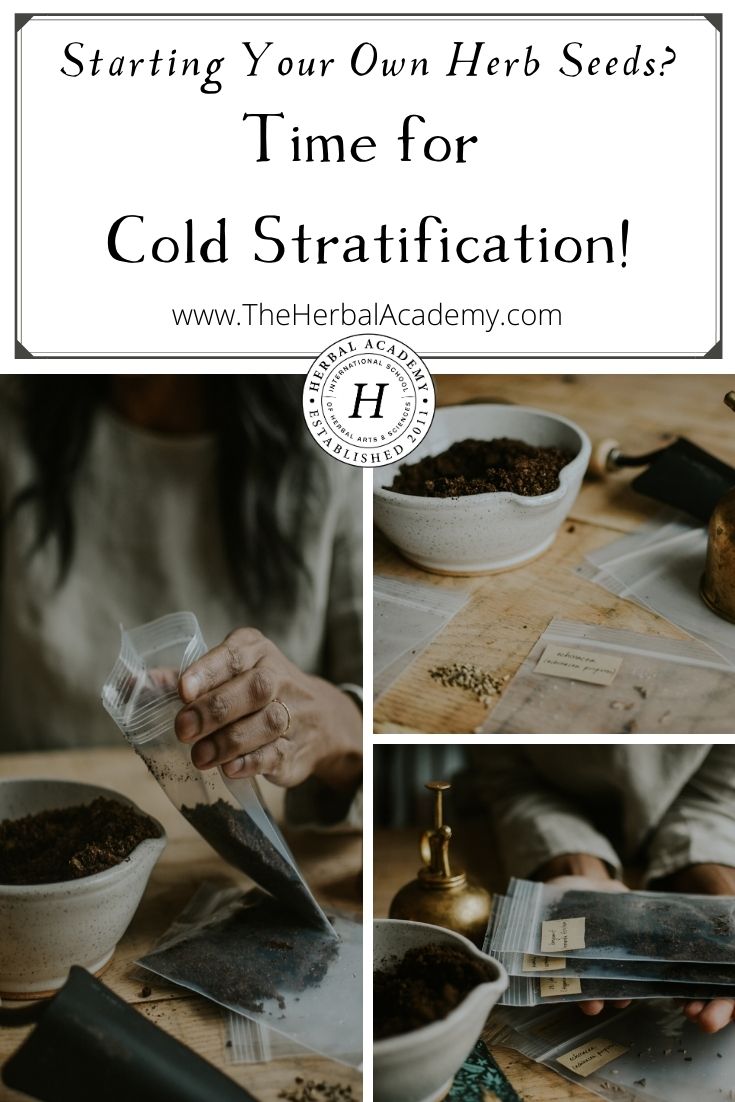
REFERENCES
Baskin, J. M., Baskin, & Carol, C. (2002). Propagation protocol for production of container (plug) Zanthoxylum americanum [Database]. Retrieved from https://npn.rngr.net/renderNPNProtocolDetails?selectedProtocolIds=rutaceae-zanthoxylum-1974
Blessman, G., Flood, R. M., & Horvath, David J. (2001). Propagation protocol for production of bareroot (field grown) Ceanothus americanus L. [Database]. Retrieved from https://npn.rngr.net/renderNPNProtocolDetails?selectedProtocolIds=rhamnaceae-ceanothus-260
Cech, R. (2009). The medicinal herb grower: A guide for cultivating plants that heal (Vol. 1). Williams, OR: Horizon Herbs LLC.
Davis, K. M., & Kujawski, J. (2001). Propagation protocol for production of propagules (seeds, cuttings, poles, etc.) Monarda fistulosa [Database]. Retrieved from https://npn.rngr.net/renderNPNProtocolDetails?selectedProtocolIds=lamiaceae-monarda-1073
Feitz, J. (2015). Seed propagation of Ohio native plants [PDF]. Retrieved from https://www.slideshare.net/JoshuaFietz/seed-propagating-ohio-native-plants-46273070
Hartung, T. (2011). Homegrown herbs: A complete guide to growing, using and enjoying more than 100 herbs. North Adams, MA: Storey Publishing.
Heirloom Organics. (n.d.a). How to grow Astragalus | Guide to growing Astragalus [Database]. Retrieved from http://www.heirloom-organics.com/guide/va/guidetogrowingastragalus.html
Heirloom Organics. (n.d.b). How to grow licorice | Guide to growing licorice [Database]. Retrieved http://www.heirloom-organics.com/guide/va/guidetogrowinglicorice.html
Heirloom Organics. (n.d.c). How to grow marshmallow | Guide to growing marshmallow [Database]. http://www.heirloom-organics.com/guide/va/guidetogrowingmarshmallow.html
Heirloom Organics. (n.d.d). How to grow mullein | Guide to growing mullein [Database]. Retrieved from http://www.heirloom-organics.com/guide/va/guidetogrowingmullein.html
Heirloom Organics. (n.d.e). How to grow plantain | Guide to growing plantain [Database]. Retrieved from http://www.heirloom-organics.com/guide/va/guidetogrowingplantain.html
Heirloom Organics. (n.d.f). How to grow wood betony | Guide to growing wood betony [Database]. http://www.heirloom-organics.com/guide/va/guidetogrowingwoodbetony.html
Luna, T., Evans, J., & Wick, D. (2008). Propagation protocol for production of container (plug) Valeriana sitchensis [Database]. Retrieved from https://npn.rngr.net/renderNPNProtocolDetails?selectedProtocolIds=valerianaceae-valeriana-176
Native Plant Network (n.d.) Propagation protocols: Arnica [Database]. Retrieved from https://npn.rngr.net/propagation/protocols?SearchableText=Arnica&getNPNScientificTitle=&getNPNFamilyScientific=&getNPNStateName=&getNPNProductType=&getNPNOrganizationName=&getNPNCompanyName=&formSubmitted=1
Schultz, J., Beyer, P., & Williams, J. (2002). Propagation protocol for production of container (plug) Oenothera biennis L. [Database]. Retrieved from https://npn.rngr.net/renderNPNProtocolDetails?selectedProtocolIds=onagraceae-oenothera-2129
Schultz, J., Beyer, P., & Williams, J. (2001). Propagation protocol for production of container (plug) Viburnum opulus L. [Database]. Retrieved from https://npn.rngr.net/renderNPNProtocolDetails?selectedProtocolIds=caprifoliaceae-viburnum-1556


